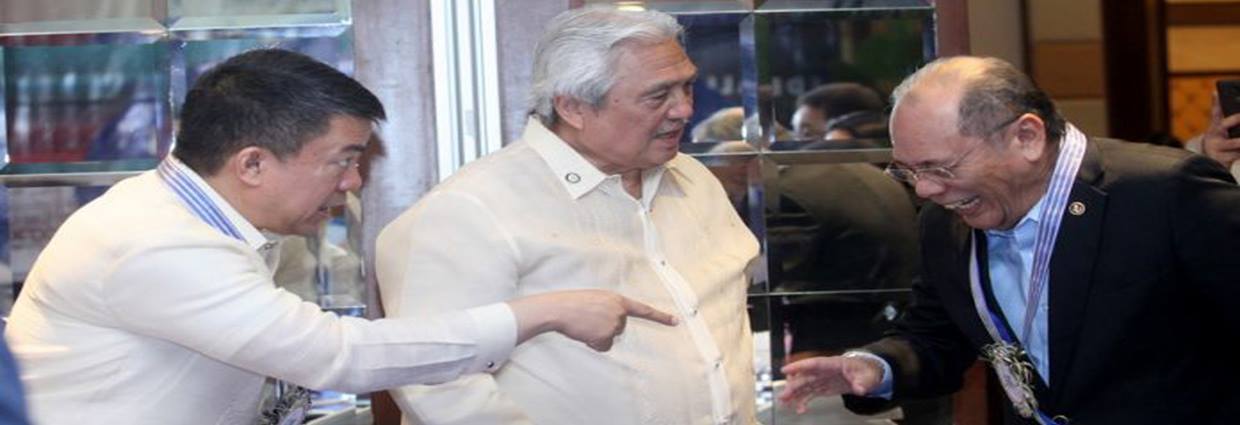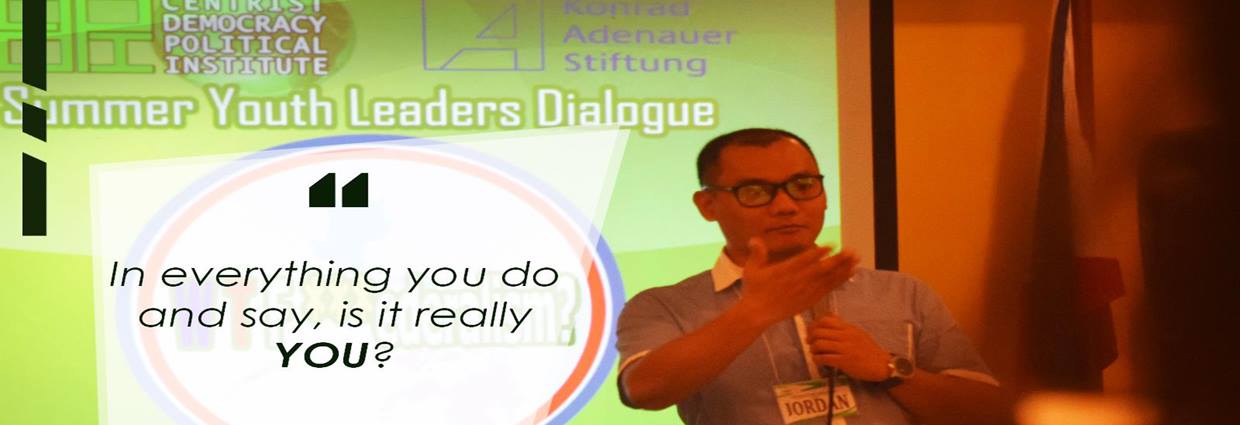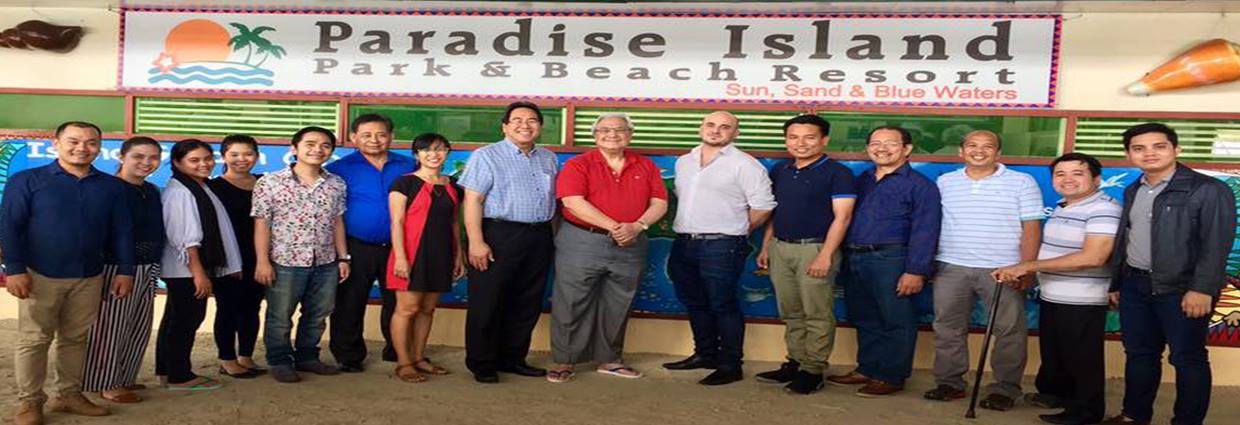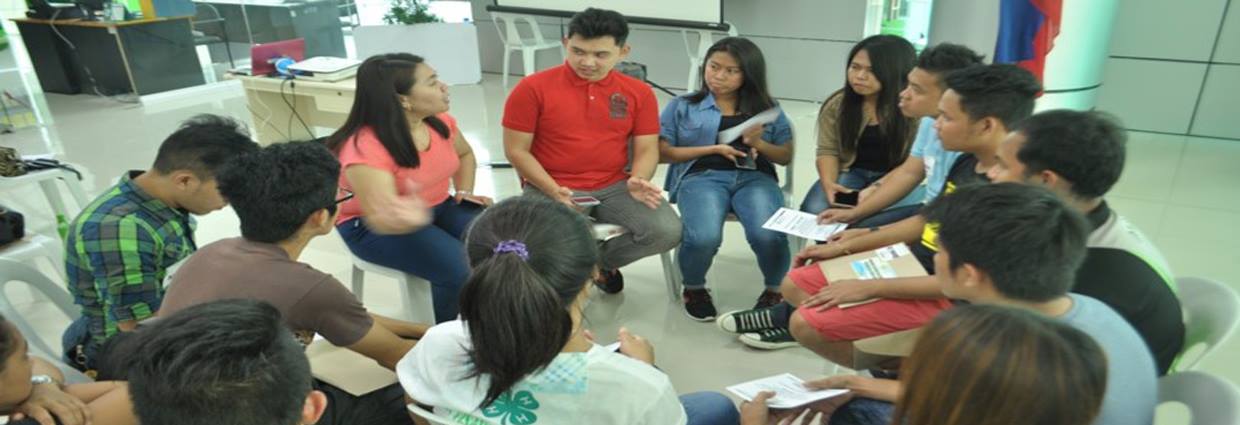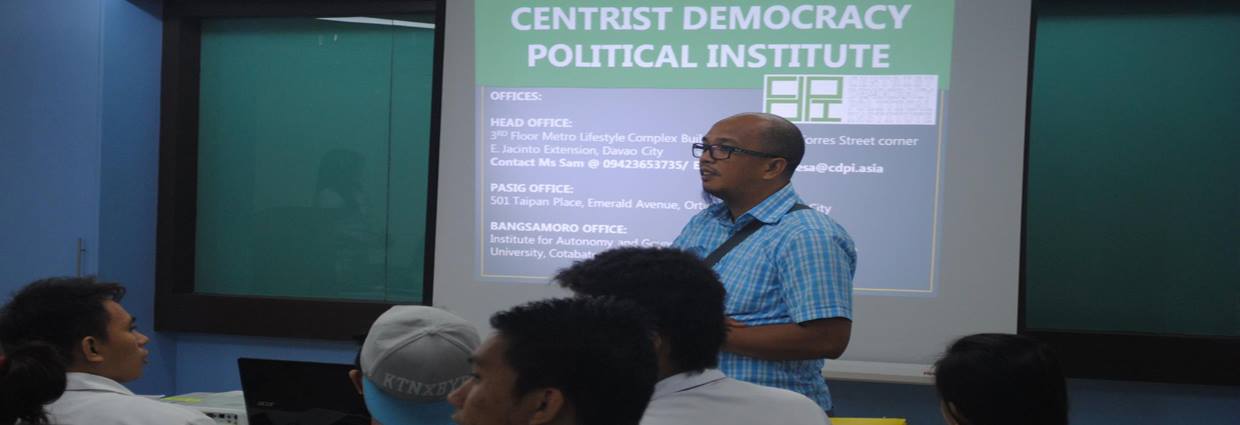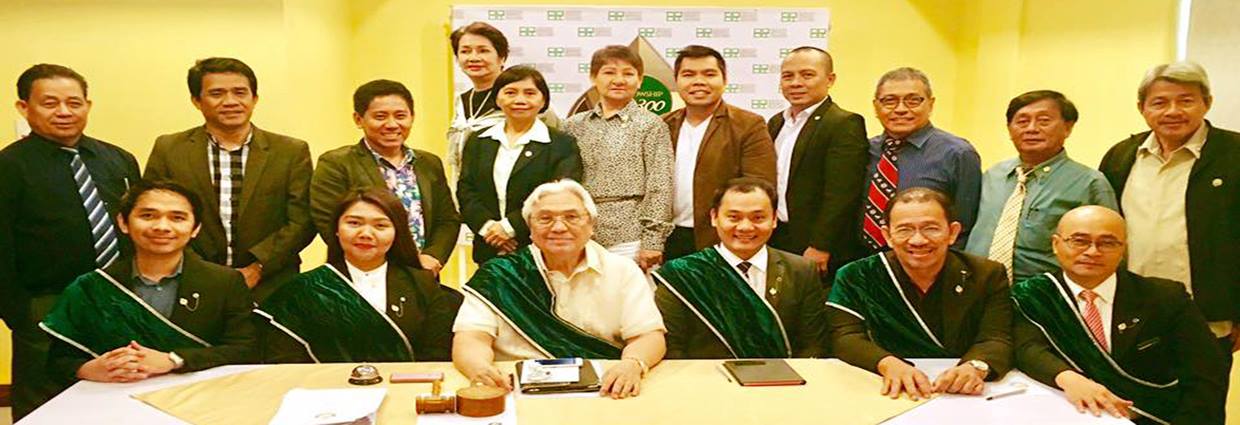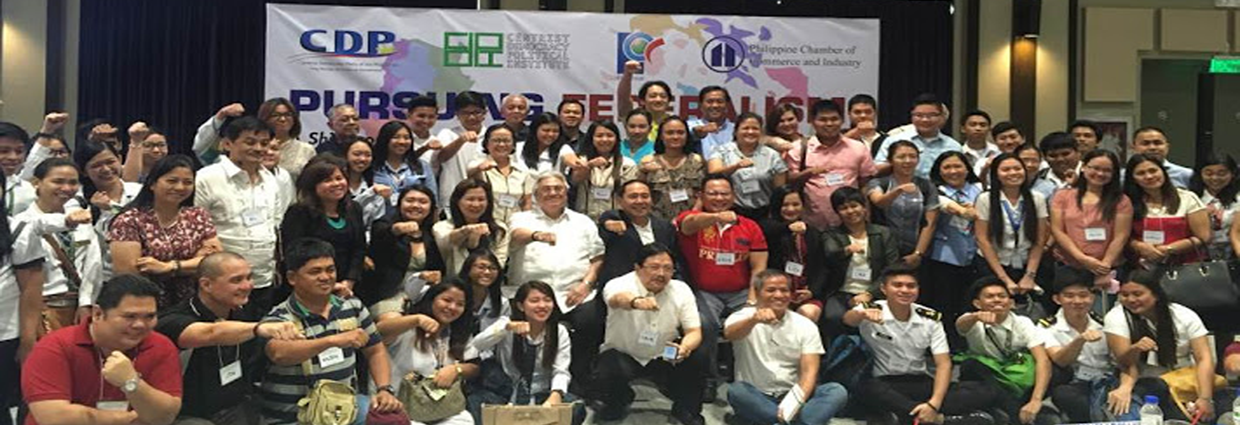Second of a series
SEVERAL weeks ago, I began a series analyzing the tectonic shifts in global trade triggered by President Donald Trump’s aggressive tariff initiatives. The sweeping duties on 120 nations launched in April 2025, were framed as a “patriotic economic defense” — a blunt instrument designed to force the world to play by Washington’s rules. However, as the dust settles, the ledger tells a different story. These tariffs did not extract the promised concessions from rivals; instead, they functioned as a massive tax on American consumers and a catalyst for the erosion of America’s soft power.
The policy has ironically undermined the very goal of restoring American strength. While Trump trumpeted “trade war victories” — China promises to purchase soybeans and rare earths — the reality on the ground was starkly different.
Beijing delivered empty promises while quietly shifting its supply chains to Brazil and Central Asia. Today, US exports sit uncompetitive in silos and warehouses, while Chinese reserves remain at record highs. America finds itself economically strained and geopolitically diminished, while China has used the chaos to consolidate a massive strategic advantage.
Today, across global capitals, a quiet shift is under way. Alliances, markets and ambitions are being rewired not through revolutions but through recalibration. The international order, once anchored by Washington’s predictability, is loosening. Trump’s “America First” policy, delivered through tariffs and confrontational rhetoric, promised renewed dominance. Instead, it accelerated the arrival of a multipolar world where nations no longer defer to a single superpower but shop for the best deal.
The unraveling begins
The unraveling did not begin with a bang. It began with hesitation among its oldest friends. Allies watched Washington impose tariffs on friends and foes alike, threaten to withdraw from alliances, and treat diplomacy as a sentimental relic. What began as “tough negotiation” soon exposed itself as erratic governance wrapped in nationalist slogans.
America, once the conductor of the global orchestra, began playing solos that no longer matched the rhythm of the rest of the world. Washington turned inward, the rest chose not to wait. And this is the quiet tragedy: China didn’t engineer America’s decline; it was self-inflicted.
In Southeast Asia, the Philippines has felt this shift more acutely than perhaps any other nation. Long accustomed to relying on the steady, if sometimes heavy-handed, presence of America, Manila found itself navigating a landscape where American attention wavered, and security commitments seemed increasingly conditional. That uncertainty created strategic openings that Beijing was more than happy to exploit with a mixture of “checkbook diplomacy” and maritime pressure.
The vacuum that Washington created
For over seven decades, US leadership rested not just on military strength but on trust. From Berlin to Seoul, allies aligned with Washington because they valued its consistency, strategic grounding and the security umbrella that enabled global trade. Trump upended that compact, treating power as a zero‑sum contest of volume — believing that speaking louder and threatening more would force others to fall in line.
The world largely tuned him out. As the “Tariff War” expanded from steel to soybeans and semiconductors, countries moved to insulate themselves from America’s domestic volatility.
The structural consequences of that retreat are now visible across key regions. Europe, rattled by repeated threats to NATO, accelerated its push for “strategic autonomy,” striking trade deals with Beijing and securing Gulf energy without US mediation. Asia, wary of being dragged into a trade crossfire, quietly forged economic side arrangements with China through the Asean bloc. In the Middle East, Gulf monarchies — once pillars of US influence — deepened ties with the Shanghai Cooperation Organization (SCO), treating Washington’s warnings as passing weather rather than binding directives.
The Philippines, caught between its treaty obligations and its geographic vulnerability, watched this unpredictability with growing unease. When the US began taking Manila’s alignment for granted, it weakened the very trust that had anchored the alliance for generations.
Sensing this hesitation, China intensified its pressure in the West Philippine Sea, testing the limits of how far Washington would actually go to defend a partner it had recently snubbed in trade negotiations.
China’s procurement strategy
While Washington treated the global stage as a theater for confrontation, Beijing treated it as a procurement exercise. China’s “quiet ascendancy” is not built on emotional volatility or late-night Truth-Social posts. It is built on manufacturing discipline, logistical dominance, and the gradual accumulation of dependencies.
The Belt and Road Initiative, mocked in Washington, quietly became the spine of a new economic geography. Latin America now treats Beijing as a co-equal partner. Africa’s railways and hospitals have Chinese steel in their bones. Southeast Asia performs diplomatic tai chi, balancing a rising China with a retreating America. Even Mexico, America’s economic twin, expands trade with China despite Washington’s attempts to isolate Beijing.
Trump swung at Beijing with tariffs, imagining China would buckle. Instead, China reached for its abacus. That difference — between a power that performs and one that plans — defines the new century.
The psychological shift: A ‘post-American’ world
The most significant change is psychological. For decades, America was the “steady variable” in global affairs. America First revealed a country whose commitments rose and fell with one man’s temperament.
Nations have stopped aligning instinctively. They now practice what financial managers call “strategic ambiguity.” They hedge, they triangulate, and they treat their relationship with Washington as one piece of a diversified portfolio.
The world is not “anti-American”; it is simply post-American. It is a world that has accepted the reality that the US may no longer be the reliable guarantor of global order.
In the Global South, this awakening is palpable. From Brazil to Pakistan, nations are seeking stability over ideology. They want trade without lectures and infrastructure without the threat of sanctions. As Washington turned inward to debate its own identity, Beijing stepped outward, offering “predictability” as its most valuable export.
The ledger of history
History does not judge with a gavel; it records with a ledger. And as we head toward the conclusion of this series, the ledger is remarkably clear. While Trump relied on slogans, Beijing built systems. While Washington imposed tariffs that raised the price of a washing machine in Ohio, China was signing contracts for the ports that would ship those machines to the rest of the world.
The empire that once wrote the rules of the global game is now spent arguing with the referees. Meanwhile, the rest of the world is playing a new game entirely — one designed, financed and moderated by Beijing. “America First” was meant to elevate the nation to new heights. Instead, it revealed a world that was ready and willing to move on without it. For the first time in living memory, the America is not the protagonist of the global narrative, but its loudest bystander.
The tragedy for Manila is that this vacuum isn’t just a matter of trade — it’s a matter of territory. As the US vacillates, the Philippines is left to navigate a dangerous middle ground, a frontline state in a century being rewritten by those who measure power in contracts, not applause.
To be continued next week
Setting aside, then, the five-person “Force,” the administration-oriented but not PDP-friendly reelectionists (Nancy Binay, Sonny Angara, Cynthia Villar, Grace Poe, and JV Ejercito), what Koko’s crowing over is a mixed bag. Some of them have been floated by Speaker Pantaleon Alvarez (with whom Mayor Duterte clashed in recent months): six representatives (Gloria Macapagal Arroyo who is in her last term in the House of Representatives; Albee Benitez, Karlo Nograles, Rey Umali, Geraldine Roman, and Zajid Mangudadatu), three Cabinet members (Bong Go, Harry Roque, and Francis Tolentino), and two other officials (Mocha Uson and Ronald dela Rosa), which still only adds up to 11 possible candidates (who are the missing three?).
Of all of these, the “Force” reelectionists are only fair-weather allies of the present dispensation; their setting themselves apart is about much more than the mess PDP-Laban made in, say, San Juan where support for the Zamoras makes it extremely unattractive for JV Ejercito to consider being in the same slate. Their cohesion is about thinking ahead: Creating the nucleus for the main coalition to beat in the 2022 presidential election. The contingent of congressmen and congresswomen who could become candidates for the Senate, however, seems more a means to kick the Speaker’s rivals upstairs (at least in the case of Benitez and Arroyo) and pad the candidates’ list with token but sacrificial candidates, a similar situation to the executive officials being mentioned as possible candidates (of the executive officials, only Go seems viable, but making him run would deprive the President of the man who actually runs the executive department, and would be a clear signal that the administration is shifting to a post-term protection attitude instead of the more ambitious system-change mode it’s been on, so far).
Vice President Leni Robredo has been more circumspect, saying she’s not sure the Liberal Party can even muster a full slate. The party chair, Kiko Pangilinan, denied that a list circulating online (incumbent Bam Aquino, former senators Mar Roxas, Jun Magsaysay, TG Guingona, current and former representatives Jose Christopher Belmonte, Kaka Bag-ao, Edcel Lagman, Raul Daza, Gary Alejano and Erin Tañada, former governor Eddie Panlilio and Cebu City Mayor Tomas Osmeña) had any basis in fact.
What both lists have in common is they could be surveys-on-the-cheap, trial balloons to get the public pulse. Until the 17th Congress reconvenes briefly from May 14 to June 1 for the tail end of its second regular session (only to adjourn sine die until the third regular session begins on July 23), it has nothing much to do. Except, that is, for the barangay elections in May, after a last-ditch effort by the House to postpone them yet again to October failed.
Names can be floated but the real signal will come in July, when the President mounts the rostrum and calls for the big push for a new constitution—or not. Connected to this would be whether the Supreme Court disposes of its own chief, which would spare the Senate—and thus, free up the legislative calendar—to consider Charter change instead of an impeachment trial. In the meantime, what congressmen do seem abuzz over is an unrefusable invitation to the Palace tomorrow — to mark Arroyo’s birthday. An event possibly pregnant with meaning.
Here’s a striking statement about love shared with me by an English college mentor. “Love knows no grammar. How it works can’t be measured by any parts or figures of speech. It goes beyond the literate and illiterate. The sad reality is that, even a fool who has got no philosophy is not spared of its harsh reality.” After almost three decades, I reminded him through a private message of his words. Here’s what he said. “Thank you, Jord. This statement about love is searing to the heart. And, yes, fools do fall for it too. But I thought that we as well speak of the beauty that it gives and not so much focus on the harsh realities. After all, our country has had enough of the negativities.” Thank you, dearest Sir Eugene.
In these decisive times when our nation trembles under the weight of corruption, inequality, and disillusionment, it is you―the youth, burning with idealism, courage, and an unyielding sense of right―who must stand at the forefront of CHANGE. The future of the Philippines hangs in the balance, calling not for silence or apathy, but for unity, conviction, and action. Let your dreams be the spark that ignites renewal; let your voices thunder against injustice; let your hands build the nation our forebears envisioned but never fulfilled. Now is the hour to awaken, to rise, and to lead the march toward a just and transformed Philippines.
Remember, the pages of our history resound with the triumphs of youth who dared to dream and act. From the Propagandists who wielded the pen against tyranny to the Katipuneros who took up arms for freedom, it was always the young who ignited revolutions and rebuilt nations. As Dr. Jose Rizal declared, “The youth is the hope of our motherland,” but that hope is not a gift to be passively claimed; it is a duty to be earned through courage and purpose.
Today’s generation must transform awareness into action―to confront corruption with integrity, to challenge inequality with empathy, and to counter apathy with participation. The time for mere commentary has passed. What the nation demands now is commitment, creativity, and collective resolve. When the youth stand united in conscience and conviction, no obstacle is insurmountable, no reform impossible. The power to redeem the nation’s promise lies not in the hands of the few, but in the awakened spirit of the many. Rise, therefore, as one generation with one objective―to forge a Philippines worthy of its people’s deepest hopes. And to those who were once the torchbearers of youth but have since laid down their fire―hear this call.
The nation does not forget its veterans of hope, those who once believed that change was possible but have since grown weary in the long twilight of disappointment. Thus far history grants no sanctuary to resignation. It demands of every generation the same unrelenting duty―to defend what is right, to confront what is wrong, and to labor still for what remains unfinished.
Now is the moment to rise again. Let not caution disguise itself as wisdom, nor comfort as peace. The courage that once stirred your youth still flickers within; rekindle it, and let it burn anew for the sake of those who follow. Your experience, tempered by time, must now join hands with the fervor of the young - to guide, to mentor, to strengthen.
Together, let the wisdom of the seasoned and the passion of the rising coalesce into a single, indomitable force for renewal. For the task of nation-building is not bound by age, but by conviction. The call of the motherland resounds to all who still believe that the story of the Filipino is not yet complete―and that redemption, though delayed, is still within our grasp if only we choose to act once more. And to those whose hands have long gripped the levers of power―hardened by privilege, dulled by entitlement―hear this with clarity: the era of self-preservation must yield to the dawn of selfless service.
The nation can no longer afford leaders who mistake possession for stewardship, nor governance for dominion. The time has come to relinquish the throne of complacency and make way for the custodians of vision, courage, and renewal.
To step aside is not to surrender, but to honor the sacred rhythm of nationhood―to allow new voices, new hearts, and new minds to breathe life into institutions that have grown stale from neglect. True leadership is an act of stewardship, and stewardship demands humility―to know when to lead, and when to pass the torch. Those who have ruled long enough must now become mentors, not masters; guides, not gatekeepers.
To the youth who will inherit this burden and blessing alike, the call is equally profound. Lead not with arrogance, but with awareness; not with impulse, but with integrity. Let optimism be your discipline―a conscious act of faith in the nation’s capacity to rise again. Lead with inclusivity that unites rather than divides, with courage that reforms rather than destroys, and with resilience that endures when hope seems frail.
For the measure of a new generation’s greatness lies not in its defiance alone, but in its wisdom to build where others have failed. Let your leadership become the living testament that the Philippines, once disillusioned, has learned at last to believe again―through you.
Now, the Filipino youth stand at a defining crossroad of history. The echoes of the past and the murmurs of the future converge upon this moment, and in your hands rests the fragile, however formidable promise of a nation reborn. You are the inheritors of unfinished dreams and the architects of what is yet to be. United in thought and deed, strengthened by the wisdom of history and the fire of conviction, you possess the power to shape a Philippines anchored in justice, animated by democracy, and sustained by the collective flourishing of its people.
The mantle of responsibility has passed to you. Do not falter beneath its weight; bear it with courage, for it is through your resolve that the nation will rise from the ruins of complacency. Let your unity transcend boundaries of region, class, and creed. Let your integrity redefine leadership, and your compassion restore faith in the Filipino spirit.
This is your hour. Let this narrative be not merely a call to awaken, but a solemn commitment―to the country that nurtures you, to the people who believe in you, and to the generations who will follow your example. Stand firm, for you are the heartbeat of a nation yearning to live with dignity once more. Speak right and shine!
Rise, Filipino youth, and let history remember that when your time came ―you stood unwavering, and the nation moved forward.

